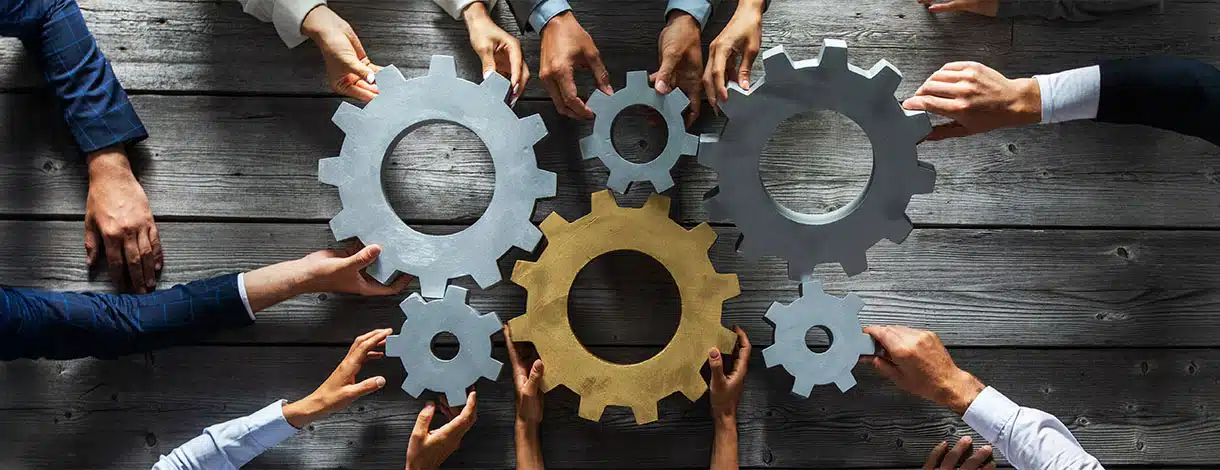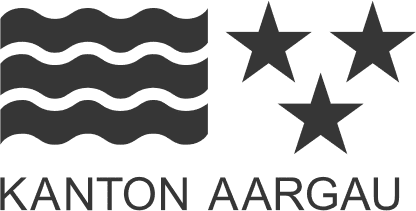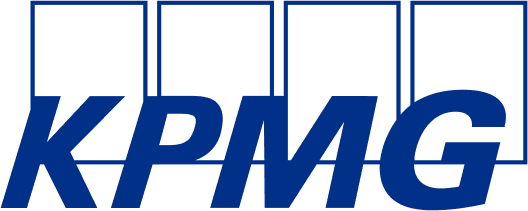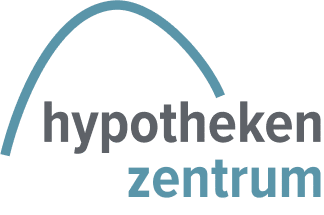soxes as a strategic partner
soxes takes over support and maintenance of existing software, secures know-how and ensures that production-critical applications remain stable and developable in the long term.
- Many SMEs struggle with loss of know-how, lack of documentation and outdated software.
- With a structured three-phase approach, soxes ensures analysis, stability and secure operation.
- Legacy systems in Delphi, Access or PHP can still be stabilised, operated and further developed today.
Outdated systems pose security risks because they are often not equipped to deal with modern threats such as hacker attacks or data leaks. Regular updates and security patches are crucial, but with older technologies such as Delphi, Access or old .Net solutions, these are often difficult to implement or no longer available. Without maintenance and security optimisation, the system not only becomes unstable, but also more vulnerable to cyber attacks.
This is exactly where soxes comes in as a specialist in software maintenance and modernisation.


















































